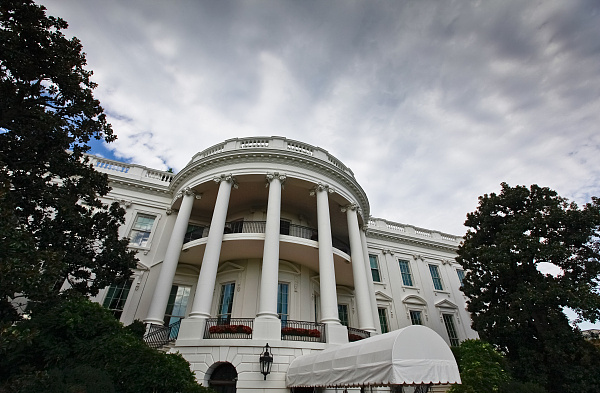
Recently, global financial markets have been hit by the Trump administration's tariff policy and have been in turmoil. The U.S. stock market closed down last week, the 30-year U.S. Treasury yield climbed to its highest level since 2023, and the U.S. dollar continued to fall. However, gold prices rose significantly due to the trade risks caused by tariffs, breaking through the $3,200 per ounce mark and setting a new record. Behind this series of asset price changes, it reflects the market's deep concerns about the global trade system and economic prospects, as well as the crazy pursuit of gold by safe-haven funds.
The Trump administration recently announced tariff adjustments on imported goods from many countries, especially on key areas such as automobiles and electronic products, triggering an escalation of global trade tensions. The market is worried that tariff measures will weaken the profits of multinational companies, push up production costs, and thus drag down global economic growth. Against the backdrop of increasing uncertainty, gold has become a safe haven for funds as a "zero risk return" asset. Data from the World Gold Council showed that global gold ETF inflows reached $8.6 billion in April, the second highest quarterly record in history, and the surge in investor sentiment has pushed gold prices to new highs.
With the impact of tariffs, the U.S. bond market has experienced significant turbulence. The surge in 30-year U.S. bond yields reflects the market's pessimistic expectations for the long-term economic outlook, and the bond sell-off has further exacerbated liquidity pressure. At the same time, the stock market fell under pressure, with both the S&P 500 and Nasdaq indexes recording weekly declines. When risk assets perform weakly, investors tend to turn their funds to safe assets such as gold to make up for potential losses. This pattern of "double kill of stocks and bonds" and the strengthening of gold highlights that the market's risk aversion demand has become the core logic that dominates gold prices.
The potential negative impact of tariff policies on the U.S. economy is gradually eroding market confidence in the U.S. dollar. The U.S. dollar index fell below the 100 mark, hitting a new low in the past two years, and safe-haven currencies such as the euro and the yen strengthened. Gold is denominated in U.S. dollars, and the depreciation of the U.S. dollar directly increases its attractiveness relative to non-U.S. currencies. In addition, market concerns about the expansion of the U.S. fiscal deficit and the aggravation of the trade deficit have further weakened the U.S. dollar's position as a reserve currency. Against this background, gold has become an important tool for hedging monetary system risks, and its allocation value has been highly recognized by global central banks and institutional investors.
Goldman Sachs, UBS and other institutions have raised their gold target prices, predicting that gold prices are expected to reach $3,700 by the end of 2025. Driving factors include a surge in central bank demand for gold purchases, policy support for China's insurance funds to allocate gold, and ETF inflows under recession expectations. Data show that China's gold ETF holdings have increased by more than 25% this year, and global central banks continue to increase their gold reserves. These structural changes provide solid support for gold prices. Even if there are short-term market fluctuations, the medium- and long-term logic of gold remains solid.
Although tariff measures may bring about phased market adjustments, their negative impact on the global economy is long-term. The marginal weakening of the fundamentals of the US economy, the accumulation of interest rate reflexive risks, and geopolitical uncertainties will continue to strengthen gold's safe-haven status. Investors need to be wary of short-term disturbances in policy changes and market sentiment, but the strategic level should still attach importance to the asset allocation function of gold. Against the backdrop of rising expectations of "stagflation" and the reconstruction of the monetary system, gold may become a key asset for resisting risks and preserving and increasing value.
In summary, the market turmoil caused by tariff trade risks is driving gold prices up through multiple paths such as safe-haven demand, currency depreciation, and asset allocation adjustments. In the future, as global uncertainty continues to ferment, gold is expected to continue its bull market and become a "value anchor" in turbulent times.

Below is the English translation of the text, with precise handling of political terms, consistent sentence structures, and preservation of the original’s analytical tone and logical flow:
Below is the English translation of the text, with precise …
On December 15 local time, Trump took the British Broadcast…
In recent years, the application of artificial intelligence…
According to Yahoo US media reports, the recent remarks of …
After 11 years of waiting in the deep sea, we finally have …
On December 17, 2025, the newly renovated American "Preside…